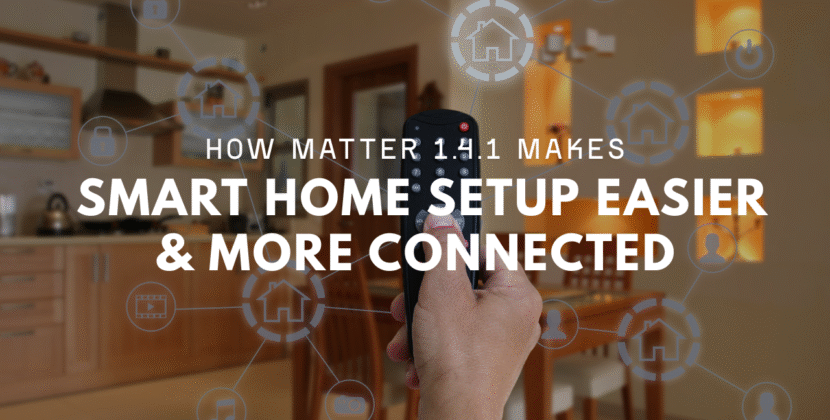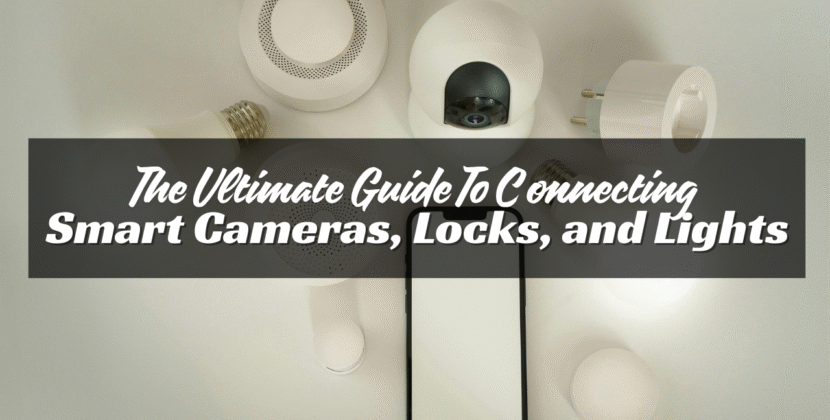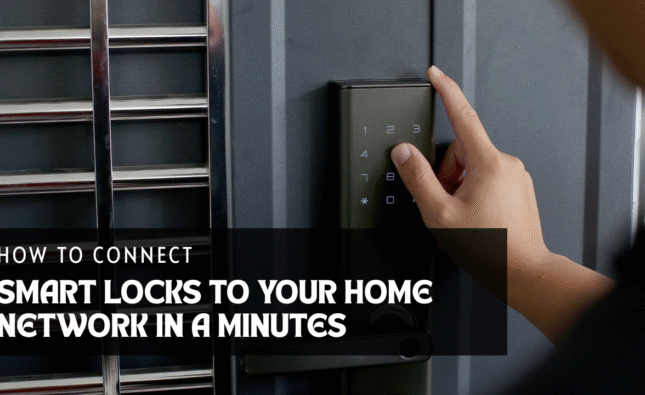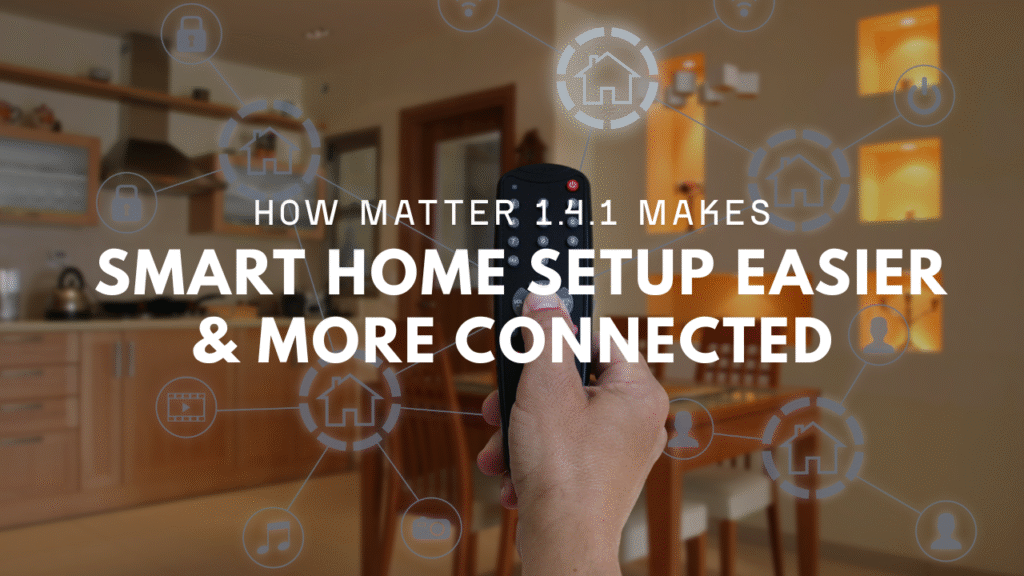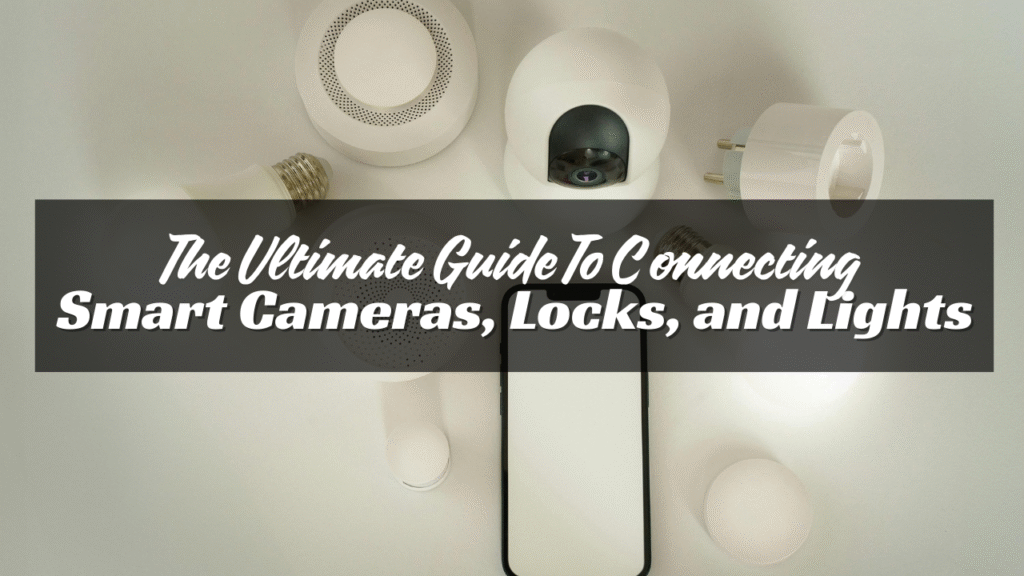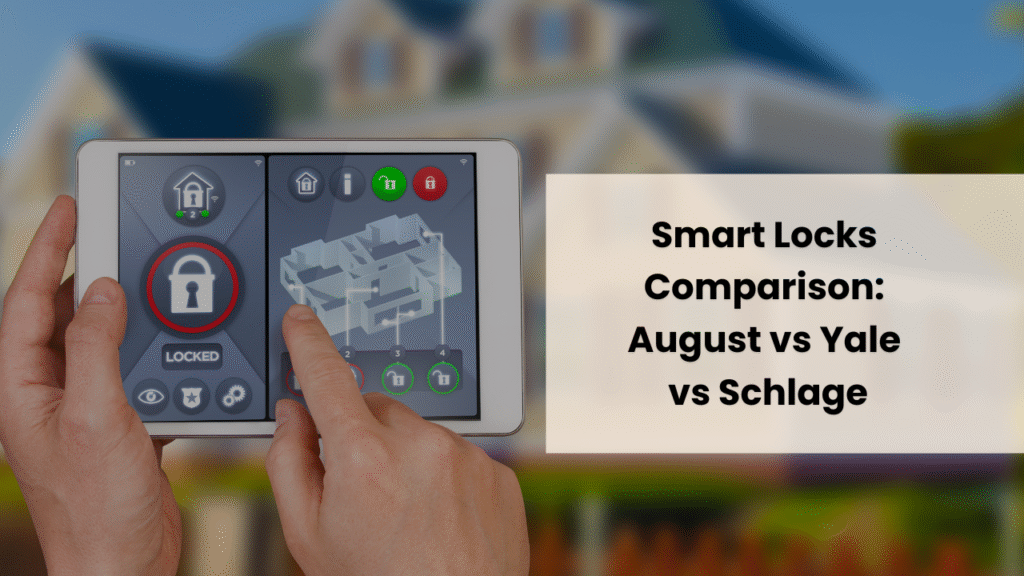
Motion sensors help protect your home. They detect movement and send alerts. Some turn on lights. Others sound alarms. Many connect to security cameras or smart systems. But they only work well if placed right. Poor placement can leave blind spots. It can also cause false alarms. Here’s how to install motion sensors the right way, so you get the best coverage.
Understand How Motion Sensors Work
Motion sensors detect movement in two main ways:
- Passive infrared (PIR) – These look for heat changes. They notice when a warm body (like a person) moves across their view.
- Microwave – These send out signals. When something moves, the signal changes.
Most home sensors use PIR. They are cheap, last long, and work well indoors. Some sensors mix both methods. These are called “dual tech.” They reduce false alarms but cost more.
Pick the Right Motion Sensor for Each Area
Not all sensors are the same. Some are made for small rooms. Others cover long hallways or big open spaces.
Before buying, think about:
- Room size
- Furniture
- Pets
- Windows
- Sunlight
For example, a small bedroom needs a short-range sensor. A garage might need one with a longer range. If you have pets, choose a “pet-friendly” sensor. These ignore small animals but still spot people.
Best Places to Put Motion Sensors
Placement matters more than price. A cheap sensor in the right spot works better than an expensive one in the wrong place.
Here are the best places to install them:
1. Corners of Rooms
Corners give the widest view. Place sensors about 6 to 8 feet high. Aim them across the room, not straight at windows or doors.
2. Hallways
Hallways guide people through the house. A sensor at the end of a hall catches anyone walking down it.
3. Main Entry Points
Place sensors near front and back doors. Aim them so they catch someone walking in—not just standing at the door.
4. Large Living Areas
Big rooms often have many ways in and out. Use sensors that cover wide angles or use two sensors to cover blind spots.
5. Basements and Garages
These are common break-in points. Install sensors near entry doors or windows. Avoid placing them near heating vents.
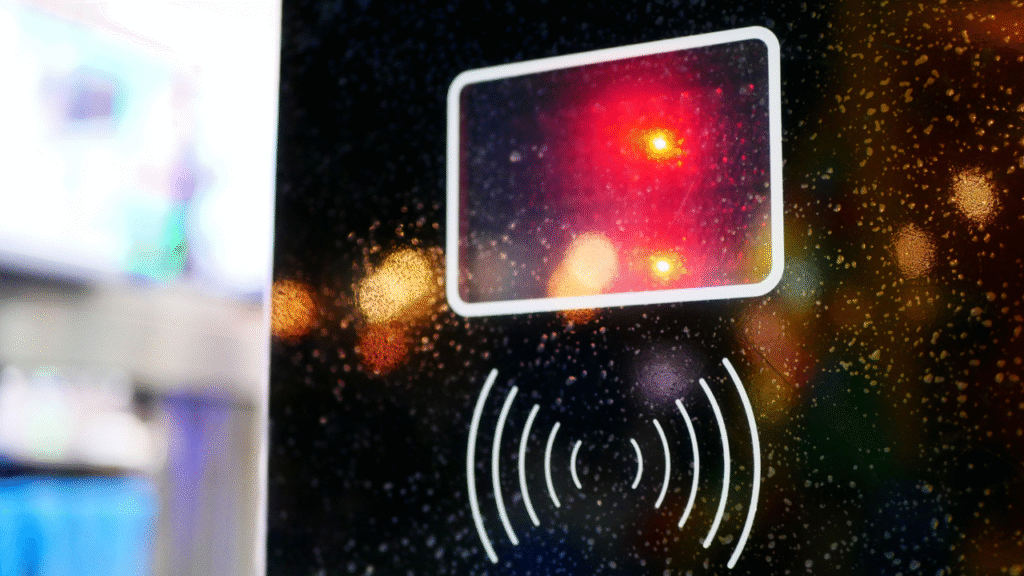
Places to Avoid
Motion sensors are sensitive. Some spots can confuse them or set them off for no reason.
Avoid These:
- Direct sunlight – The heat can trigger false alerts.
- Facing windows – Light or heat from outside may cause problems.
- Near air vents or heaters – Moving air or heat changes confuse PIR sensors.
- Behind big objects – Furniture blocks view. Don’t put sensors behind couches, shelves, or TVs.
- Low spots – Don’t install too low. Keep them above pet height, if possible.
Angle Matters
Sensors don’t see like a camera. They have a wide view but can miss movement right in front of them if the angle is wrong. For example, a person walking straight toward the sensor may not be seen right away. But if someone walks across its field of view, it will catch the movement faster.
So, angle the sensor across walkways, not along them.
Height Makes a Difference
Install sensors about 6 to 8 feet high. This height avoids furniture and pets while still spotting people. Too high? You miss low movement. Too low? You get alerts from cats and dogs. Follow the sensor’s manual for best results.
Use Multiple Sensors in Large Homes
One sensor per room is often enough. But large or oddly-shaped areas may need two or more. Overlap the sensors slightly so there are no gaps. Use different types if needed. For example, one PIR sensor and one door contact sensor give double protection.
Connect to Your Smart System
If you use Alexa, Google, or Apple Home, you can connect your sensors to them.
Once connected, you can:
- Get alerts on your phone
- Turn on lights when motion is detected
- View camera feeds if movement is seen
- Create routines like “If motion in hallway, turn on lights”
Check if your sensors are compatible with your smart home gear.
Test Your Sensors
Once installed, test each sensor. Walk through the area to see if it picks you up. Try different paths. Walk slowly and quickly. Check for blind spots. Make changes if needed. Sometimes turning the sensor just a little fixes the problem. Also test at night. Some sensors act differently in low light.
Keep Your Sensors Clean
Dust can block a sensor’s lens. Spiders or bugs can trigger motion alerts. Wipe the sensors with a dry cloth every month. Make sure the lens is clear and pointed in the right direction. Don’t paint over them. If they stop working, replace the batteries or reset the device.
Don’t Rely Only on Motion
Motion sensors are great, but they’re not the only line of defense. Use them with:
- Window and door sensors
- Security cameras
- Alarms or sirens
- Outdoor lights
The more layers you add, the better your home is protected.

Common Mistakes to Avoid
- Putting sensors too close together – This causes overlapping alerts. Spread them out.
- Facing heat sources – Heaters, ovens, and hot lights can trigger false alarms.
- Not reading the manual – Each brand is a little different. Follow setup steps.
- Skipping tests – Always test after installing. Don’t assume it works.
- Forgetting pets – Cats and dogs can trigger alerts. Use pet-safe models or place sensors higher.
Conclusion
Motion sensors help keep your home safe. But they only work well when installed the right way.
Choose the right type for each room. Place them high, in corners, and away from heat or windows. Test them often. Clean them regularly.
Used correctly, motion sensors are a strong part of any smart home security system.
Start with a few in key spots. Then expand as you need. The goal is full coverage—without false alarms.

